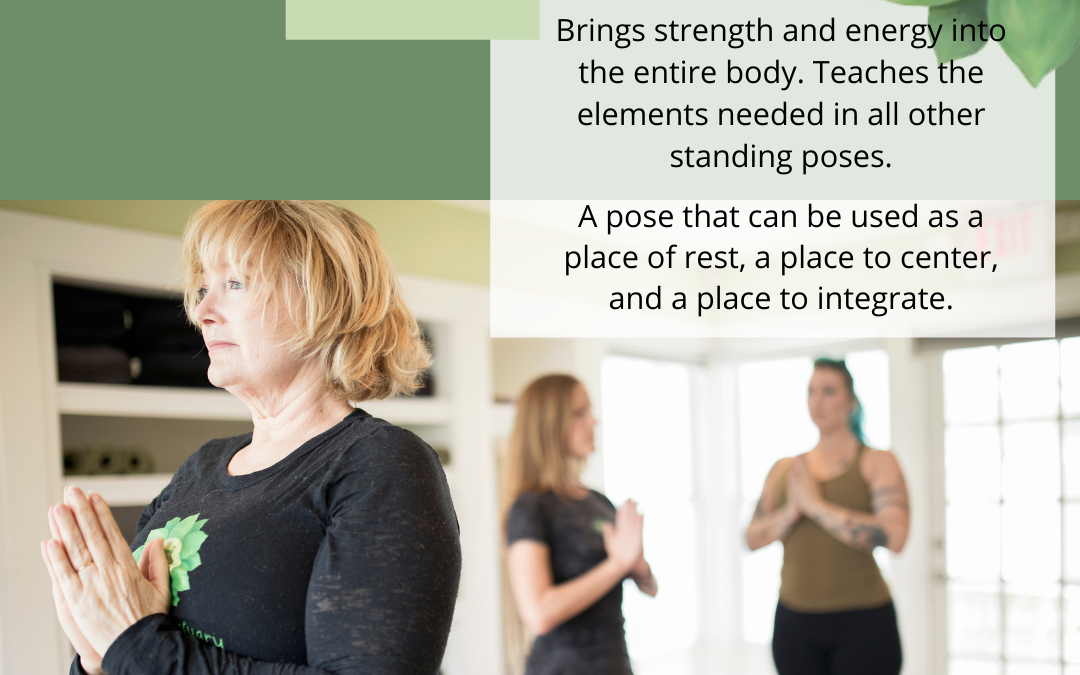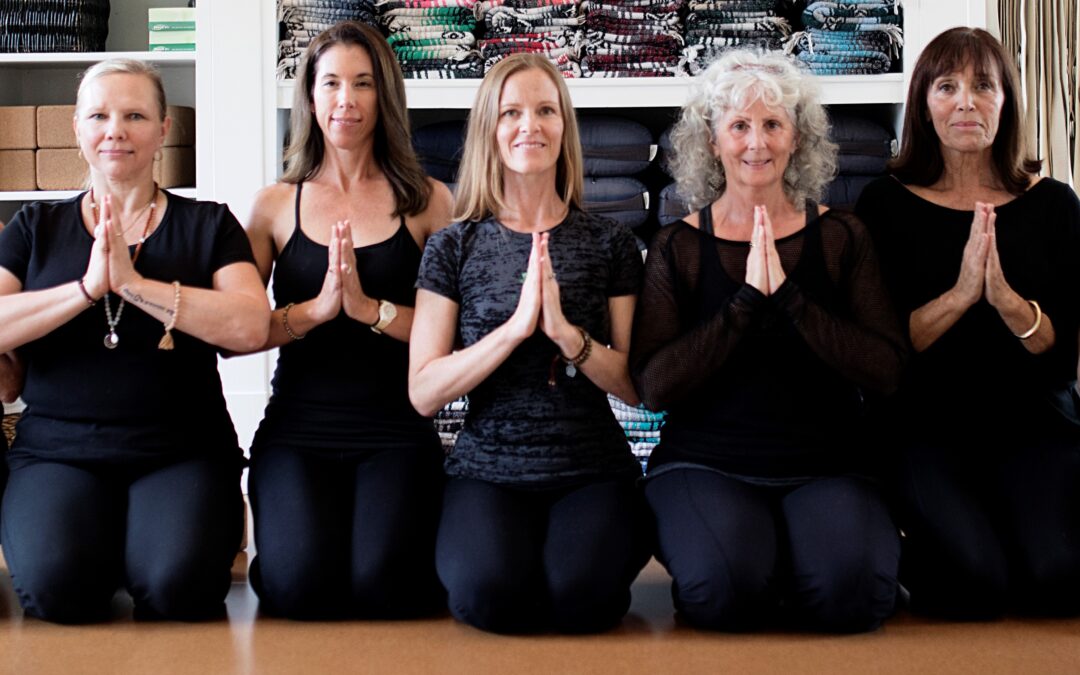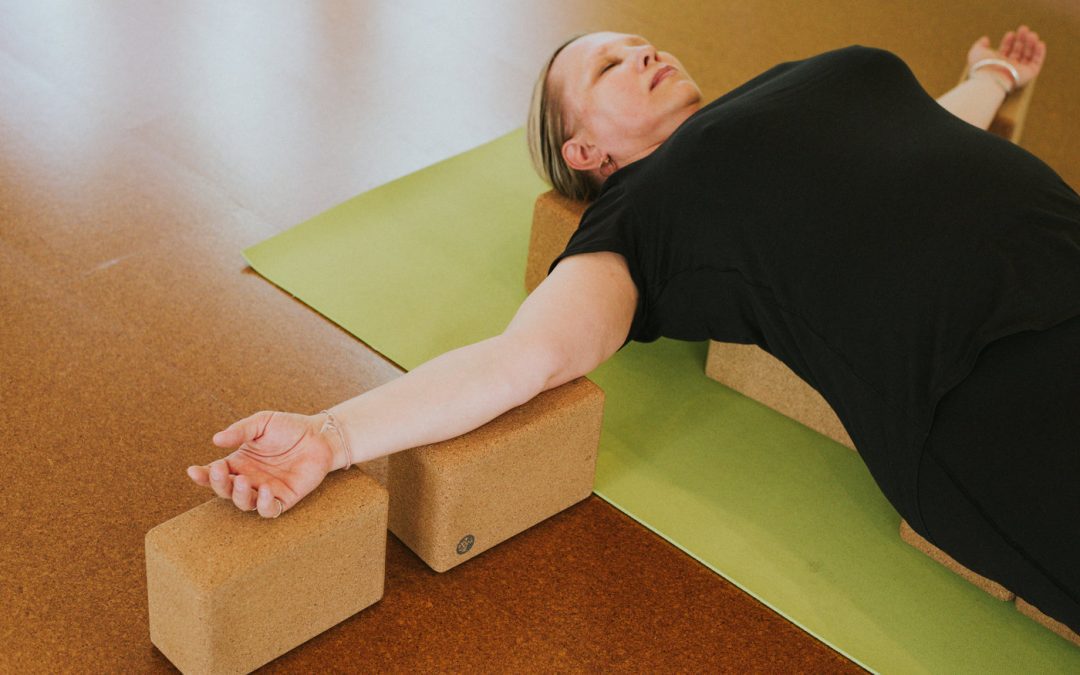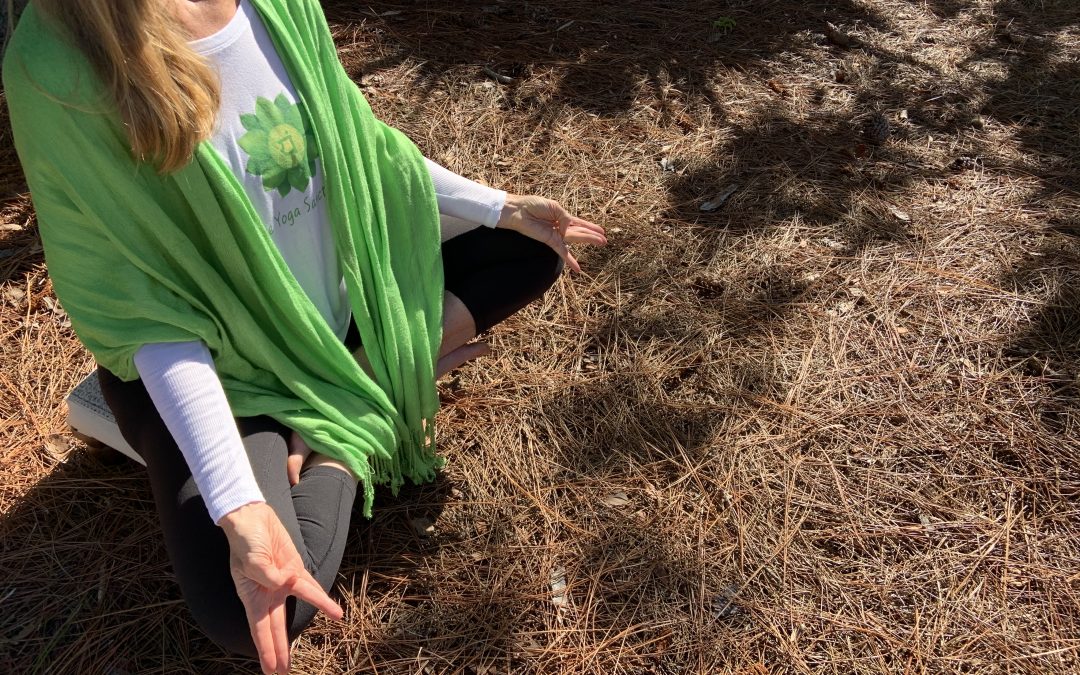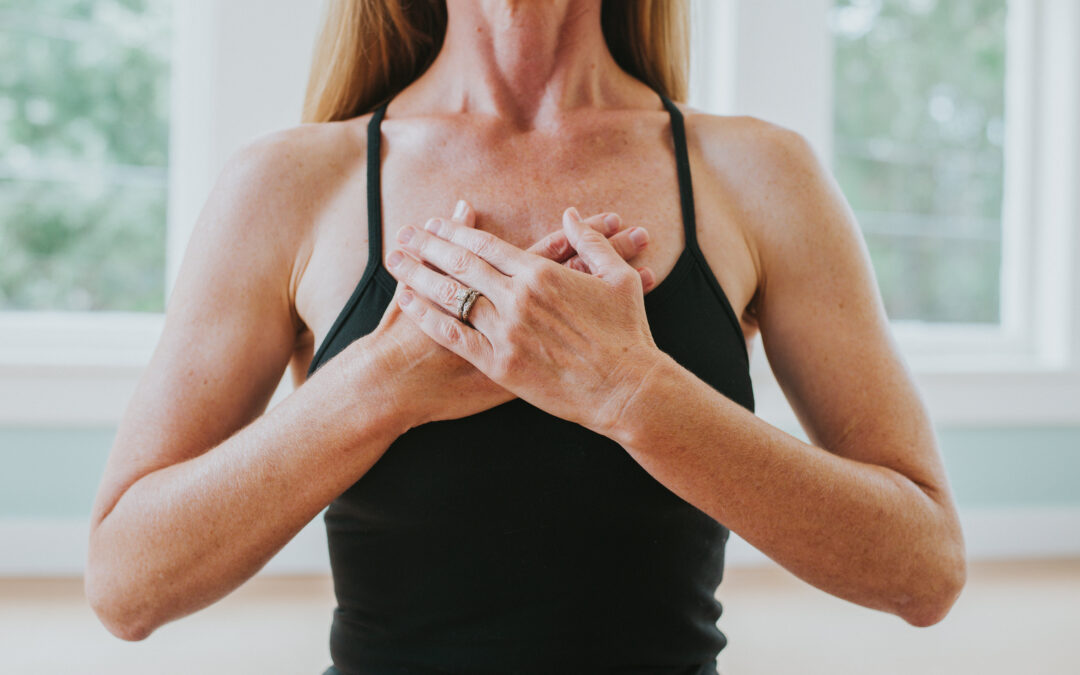Rich in symbolism, tadasana comes from the Sanskrit words tada (mountain) and asana (posture, or seat). Mountain Pose is the essence of stability and foundation, and as such, contains the building blocks for every other posture in yoga. Yoga videos exploring Mountain Pose can be found here!
